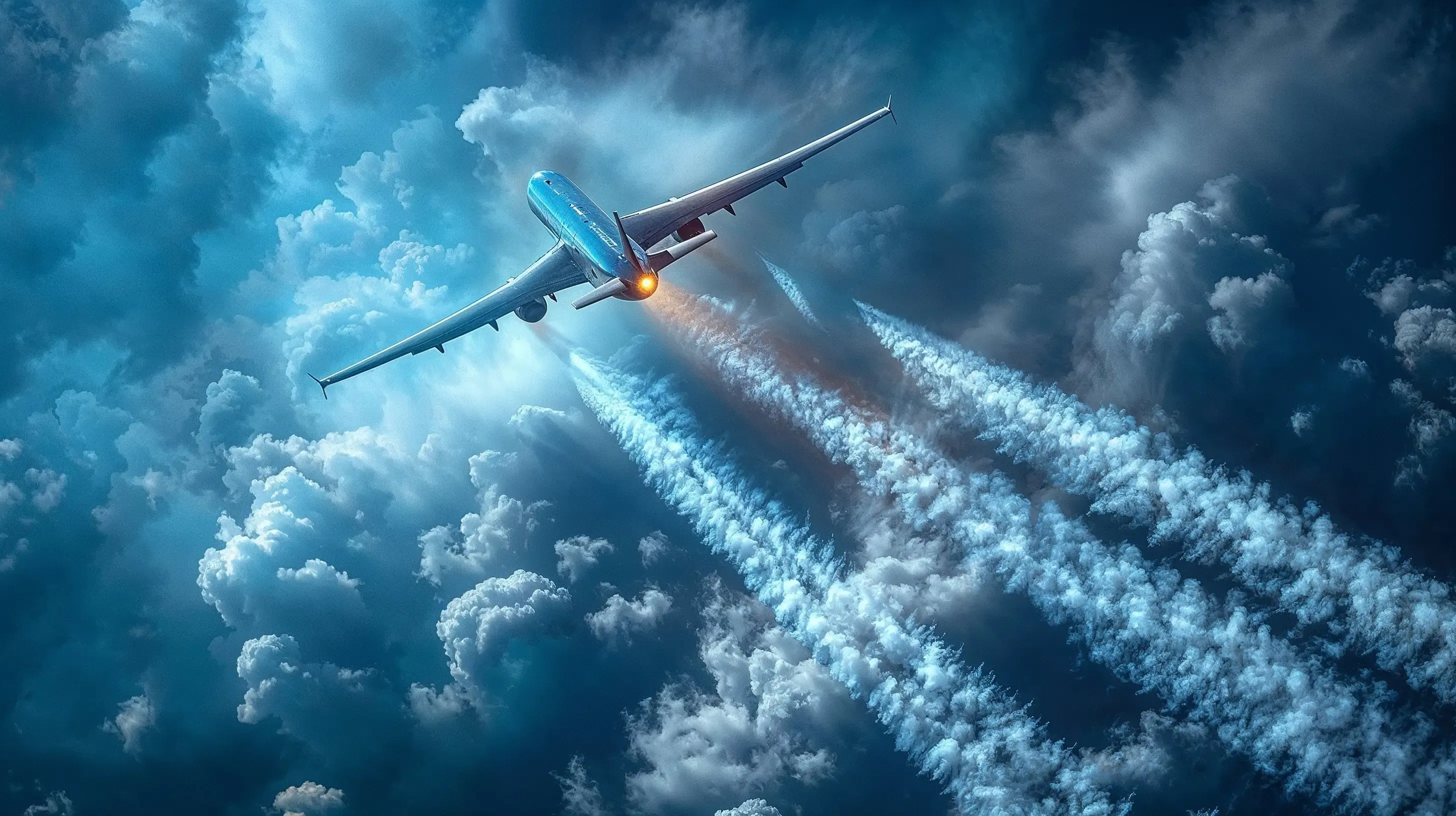19 February 2024
Clouds of Controversy: Unraveling the Chemtrail Conspiracy.

Press the play button in the top right corner to listen to the article
In an era where information and misinformation intertwine seamlessly, the chemtrail conspiracy theory stands out as a particularly resilient narrative. According to proponents, governments or other entities are allegedly engaged in a secret program to spray chemicals into the atmosphere from airplanes, purportedly for purposes ranging from weather modification to population control. This article aims to dissect the claims, examine the scientific consensus, and consider the implications of such theories on public trust and policy.
At the heart of the chemtrail theory is the belief that the persistent, visible trails left by aircraft, which are scientifically identified as contrails (condensation trails), are actually composed of chemical or biological agents. Proponents often point to unusual patterns or longevity of these trails in the sky as evidence of nefarious activities, despite a wealth of scientific explanations to the contrary.
Contrails are formed when the hot, humid exhaust from jet engines meets the colder, low-pressure air of the upper atmosphere. The water vapor from the exhaust condenses into water droplets or ice crystals, forming the visible trails we see. Their persistence and spread can vary widely based on atmospheric conditions, including temperature, humidity, and wind patterns, leading to the formation of cirrus clouds under conducive conditions.
The scientific community, including agencies like the Environmental Protection Agency (EPA), the National Aeronautics and Space Administration (NASA), and the National Oceanic and Atmospheric Administration (NOAA), has consistently debunked the chemtrail theory. Investigations and studies have found no evidence to support the idea of a secret large-scale spraying program. Atmospheric samples and studies have not shown the presence of chemicals or biological agents at levels that would suggest anything beyond normal background pollution.
Moreover, the logistics of such a program—encompassing thousands of flights daily, coordination between numerous governments and private entities, and the development of undetectable spraying technologies—strains credibility. The visible contrails are simply the byproduct of standard aviation activity, closely monitored and studied for their impact on climate and air quality.
The persistence of the chemtrail theory can be attributed to a combination of psychological, social, and environmental factors. In times of uncertainty, conspiracy theories provide simple explanations for complex phenomena, often reflecting deeper societal anxieties. The visual impact of contrails, combined with genuine concerns about environmental degradation and climate change, fuels speculation and mistrust.
Addressing the chemtrail conspiracy—and conspiracy theories more broadly—requires open, transparent communication from authorities and scientists. Efforts to educate the public on atmospheric science, aviation, and environmental monitoring can help demystify the phenomena and build trust. Meanwhile, genuine environmental and health concerns, such as air pollution and climate change, demand our attention and action, grounded in scientific evidence and collaborative international efforts.
In conclusion, the chemtrail theory, while captivating for some, does not hold up under scientific scrutiny. It serves as a reminder of the need for critical thinking and the importance of distinguishing fact from fiction in the digital age. As we navigate through clouds of information and controversy, let us anchor our discussions in evidence, encourage informed debate, and work together towards a clearer understanding of our world.
The content, including articles, medical topics, and photographs, has been created exclusively using artificial intelligence (AI). While efforts are made for accuracy and relevance, we do not guarantee the completeness, timeliness, or validity of the content and assume no responsibility for any inaccuracies or omissions. Use of the content is at the user's own risk and is intended exclusively for informational purposes.
#botnews















































































